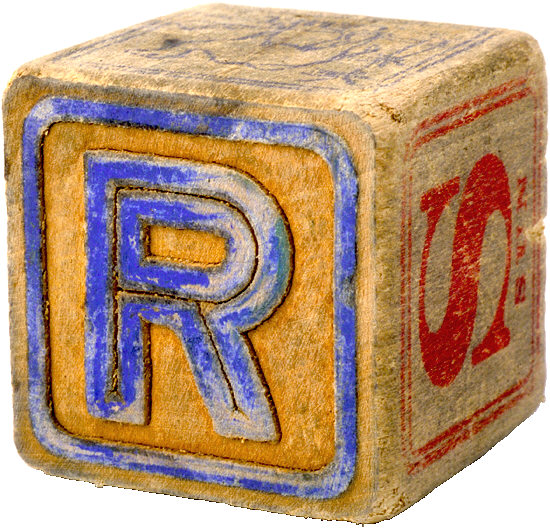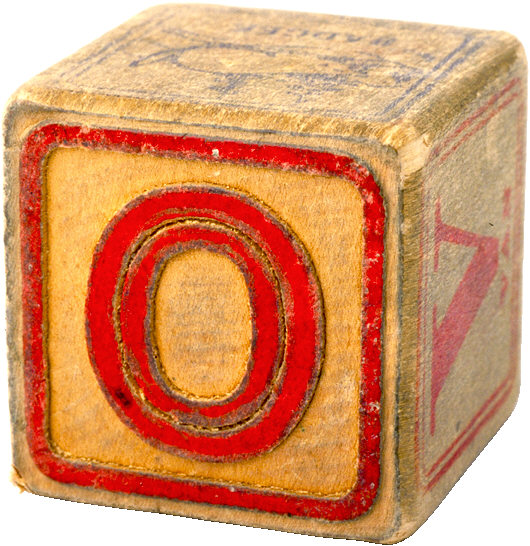












Contra Costa Preschool Directory & Kindergartens


Evaluating a Childcare Program
by
Dr. Lawrence Kutner
One of the challenges faced by parents who’ve decided to use a childcare program for their infant or toddler is separating the good programs from the bad or even unsafe ones. Sometimes it’s obvious. For example, a cousin of mine rang the doorbell of a family day care home to ask about the program. An unaccompanied four-year-old opened the door. Hanging on the wall near the entrance was a handgun. Needless to say, my cousin didn’t stick around.
So what should you do when you’re trying to size-up a program? First, talk to the center director or the family childcare provider on the phone to see if there are any openings. Ask about dropping by to visit the program. If the provider immediately discourages visiting or is at all negative, don’t bother going. It’s probably a sign of problems—anything from understaffing to neglect or abuse of the children. A good program welcomes visitors at all times.
That doesn’t mean you should drop in at random. Visit during the morning when children are the most active. (If you visit after lunch, most of the children will be asleep.) Your stay should last at least an hour.
First, look at how safe the rooms are:
- Do electrical outlets have safety caps?
- Are there bars or gates on windows above the first floor?
- Are there gates to prevent babies and toddlers from falling down stairs?
- Are there devices on the doorknobs that make it difficult for toddlers to enter a room where they don’t belong?
- Is the number of the local poison control center prominently posted near the telephone?
- Is there more than one exit in case there is a fire?
- None of the caregivers should be smoking.
Notice if the decorations in the room are designed for the children:
- Is there a mirror or colorful picture next to the changing table in the infant room?
- Is the children’s artwork hung at their eye level? For toddlers that may mean it’s only a foot or so off the floor.
- Is the children’s artwork recent, or are there still Christmas pictures up in February?
- Can the children see reminders of home such as photographs of their parents?
The quality and interest of the caregivers are much more important than the program’s facilities:
- The people caring for infants should talk to them while changing or dressing them.
- There should be at least one adult in the room for every four infants.
- An infant room that smells of either soiled diapers or strong disinfectant may have a larger sanitation problem.
Watch how the caregivers interact with the toddlers. They should be spending most of their time on their knees or sitting down with small groups of children. A good program will combine individual activities chosen by the children with group activities chosen by the adult.
One way to distinguish between a program that’s attuned to the development of your child and a program that’s mostly custodial is to watch what the caregivers do when the children are outdoors. Caregivers in a developmental program will continue to guide and play with the children. A custodial program will use the time outside simply to let the children burn off energy.
How do the adults respond to routine crises, such as fights between children or a child who is crying? What do they do with a child who’s destructive? How do they handle a child who soils his pants? The caregiver should show respect for the child’s emotions rather than simply say that he shouldn’t be doing that. Beware of caregivers who shame a child.
Next, talk to the director or family day care provider. She will probably give you information about fees, sick child policies, food, and hours—the questions most parents ask. Find out about the qualifications of the staff. Look for specific training in child development rather than general statements about a college degree. Get the names and phone numbers of three or four parents who have children in the program. If she’s a family day care provider, find out what will happen if she’s sick or takes a vacation.
Ask her what she does to prevent sexual or physical abuse of the children in her program. She should feel comfortable talking about it. Find out what types of background checks she does on her employees, including janitors and kitchen help. What would she do if someone new came to pick up your child at the end of the day?
Before you leave, take another look in the main room at the number of caregivers. Most of the money you pay in tuition should be going toward staff costs. The program that invests money in people is putting its money in the right place.